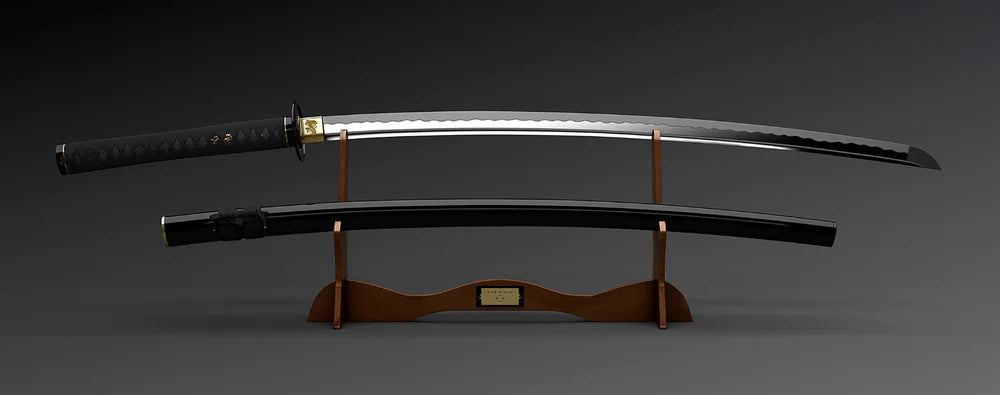Nihonto: The Pinnacle of Japanese Craftsmanship
The genuine Katana, handcrafted in Japan, is christened as "nihonto". These historic treasures often fall within a price range of $11,200 to $28,000, though some surpass this bracket.
Cost Dynamics in the World of Katanas
In the broader spectrum of swords, Katanas have a special spot. Especially when it comes to a genuine samurai Katana, the price can skyrocket. In comparison, Chinese counterparts, though some still maintain traditional crafting methods, usually range between $1,120 and $5,040.
Crafting the Perfect Blade: A Pricey Endeavor
What justifies such a significant price tag for a genuine Katana? The uniqueness and complexity of its traditional crafting techniques, encompassing processes like folding, laminating, and differential hardening, are key. With a craft demanding mastery and precision, even though folding usually doesn't exceed fifteen times, the blade can comprise a staggering 32,000+ layers.
The Legendary Art of Forging
Ancient Japan faced challenges in iron ore purity. Yet, the ingeniousness of its blacksmiths transformed this challenge into an opportunity. By refining multiple slabs of impure iron in a specialized furnace, the Tatara, a 72-hour purification journey yielded the iconic Katana steel, Tamahagane.
Various forging methods, from the simpler Kobuse to the intricate Shoshu Kitae, contribute to a Katana's defining attributes. The heart of these techniques? Combining different steel hardness levels, leading to a blade that's both sharp and resilient.
Clay Craftsmanship: Sculpting the Blade
The creation of a Katana is an art that transcends mere metalwork. The role of clay is paramount. Applying differentiated clay layers to the blade and then heating it to around 750°C, followed by a swift immersion in water, ensures a razor-sharp edge while retaining overall flexibility. This process also births the distinctive Japanese Hamon.
The Great Debate: Authenticity in the Katana World
Herein lies a point of contention. Purists argue that only those Katanas priced above $5,600, given Japan's rigorous weapon laws and the limited master-crafted output, qualify as genuine Nihonto. Yet in Japan, replicas between $112 and $1,120 offer commendable quality. However, if your heart is set on the Tamahagane steel, be prepared for a substantial investment.
Defining "real" can be nebulous. If we consider a handmade, super-sharp, and balanced sword with premium components that cuts with unparalleled precision as the standard, options below $5,600 are available. Yet, discerning between a $560 and $5,600 Katana is no easy task, especially for the untrained observer. The subtleties, often, make all the difference.
Dissecting the Price Spectrum
Several elements influence a Katana's price. The reputation of the blacksmith and the forging company's lineage are pivotal. Some aficionados might even discern the exact origin down to the blacksmith and Japanese prefecture. The labor-intensive, handcrafted nature, sometimes spanning over a year and employing exclusive Japanese steels, combined with the limited number of true Katana masters, cements the rarity and value of these blades.

